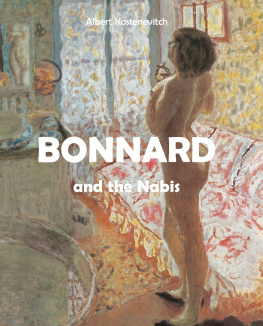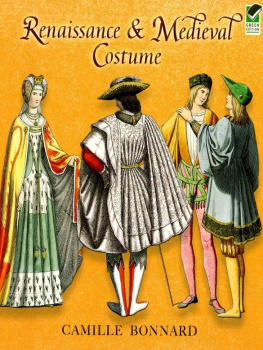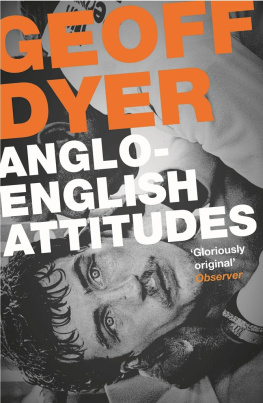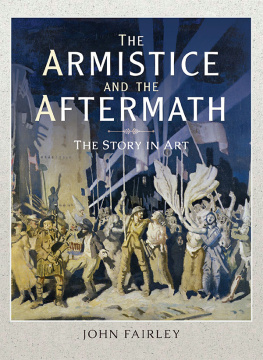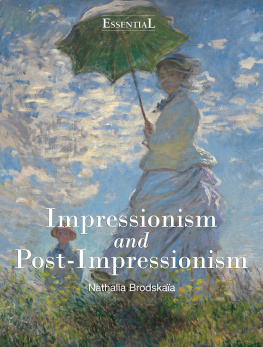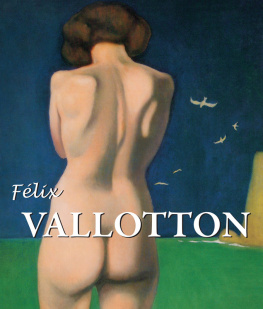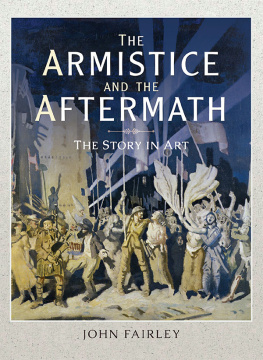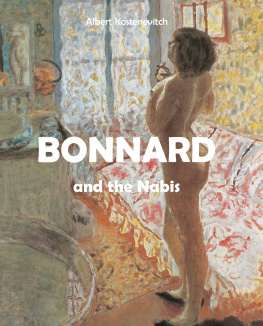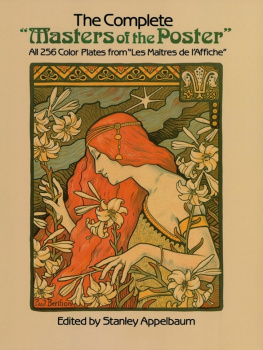Kostenevitch - Bonnard and the Nabis
Here you can read online Kostenevitch - Bonnard and the Nabis full text of the book (entire story) in english for free. Download pdf and epub, get meaning, cover and reviews about this ebook. City: New York, year: 2015, publisher: Parkstone International, genre: Detective and thriller. Description of the work, (preface) as well as reviews are available. Best literature library LitArk.com created for fans of good reading and offers a wide selection of genres:
Romance novel
Science fiction
Adventure
Detective
Science
History
Home and family
Prose
Art
Politics
Computer
Non-fiction
Religion
Business
Children
Humor
Choose a favorite category and find really read worthwhile books. Enjoy immersion in the world of imagination, feel the emotions of the characters or learn something new for yourself, make an fascinating discovery.
- Book:Bonnard and the Nabis
- Author:
- Publisher:Parkstone International
- Genre:
- Year:2015
- City:New York
- Rating:3 / 5
- Favourites:Add to favourites
- Your mark:
- 60
- 1
- 2
- 3
- 4
- 5
Bonnard and the Nabis: summary, description and annotation
We offer to read an annotation, description, summary or preface (depends on what the author of the book "Bonnard and the Nabis" wrote himself). If you haven't found the necessary information about the book — write in the comments, we will try to find it.
Bonnard and the Nabis — read online for free the complete book (whole text) full work
Below is the text of the book, divided by pages. System saving the place of the last page read, allows you to conveniently read the book "Bonnard and the Nabis" online for free, without having to search again every time where you left off. Put a bookmark, and you can go to the page where you finished reading at any time.
Font size:
Interval:
Bookmark:
Text: Albert Kostenevich
Layout:
Baseline Co. Ltd
61A-63A Vo Van Tan Street
4 th Floor
District 3, Ho Chi Minh City
Vietnam
Confidential Concepts, worldwide, USA
Parkstone Press International, New York, USA
Image-Bar www.image-bar.com
Estate Bonnard / Artists Rights Society, New York, USA / ADAGP, Paris
Estate Vuillard / Artists Rights Society, New York, USA / ADAGP, Paris
Estate Roussel / Artists Rights Society, New York, USA / ADAGP, Paris
Estate Denis / Artists Rights Society, New York, USA / ADAGP, Paris
Estate Picasso / Artists Rights Society, New York, USA / Picasso
Estate Matisse / Artists Rights Society, New York, USA / Les Hritiers Matisse
ISBN : 978-1-78310 - 738-4
All rights reserved
No part of this publication may be reproduced or adapted without the permission of the copyright holder, throughout the world. Unless otherwise specified, copyrights on the works reproduced lie with the respective photographers. Despite intensive research, it has not always been possible to establish copyright ownership. Where this is the case we would appreciate notification.
Albert Kostenevich
BONNARD
and the Nabis

Contents
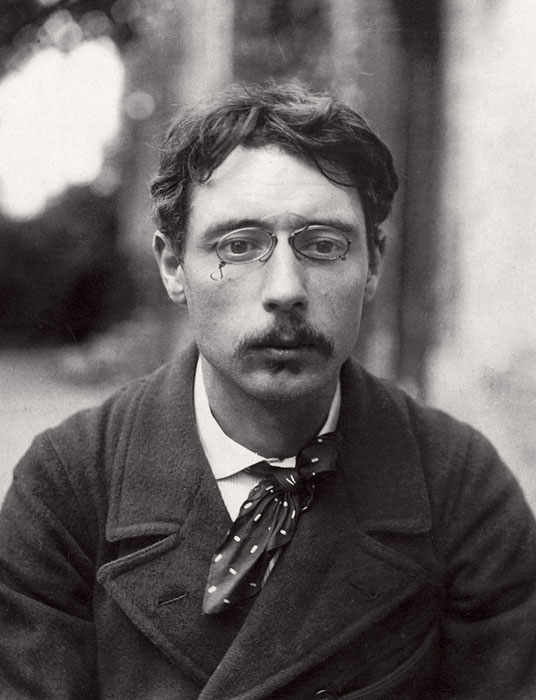
Bonnard around, 1890.
Photo taken by Alfred Natanson.

Article by Christian Zervos, Cahiers dArt, 1947.
Annotated by Matisse, January 1948. Private Collection.
In October 1947, the Muse de lOrangerie arranged a large posthumous exhibition of Bonnards work. Towards the close of the year, an article devoted to this exhibition appeared on the first page of the latest issue of the authoritative periodical Cahiers dArt. The publisher, Christian Zervos, gave his short article the title Pierre Bonnard, est-il un grand peintre? (Is Pierre Bonnard a Great Artist?) In the opening paragraph Zervos remarked on the scope of the exhibition, since previously Bonnards work could be judged only from a small number of minor exhibitions. But, he went on, the exhibition had disappointed him: the achievements of this artist were not sufficient for a whole exhibition to be devoted to his work. Let us not forget that the early years of Bonnards career were lit by the wonderful light of Impressionism. In some respects he was the last bearer of that aesthetic. But he was a weak bearer, devoid of great talent. That is hardly surprising. Weak-willed, and insufficiently original, he was unable to give a new impulse to Impressionism, to place a foundation of craftsmanship under its elements, or even to give Impressionism a new twist. Though he was convinced that in art one should not be guided by mere sensations like the Impressionists, he was unable to infuse spiritual values into painting. He knew that the aims of art were no longer those of recreating reality, but he found no strength to create it, as did other artists of his time who were lucky enough to rebel against Impressionism at once. In Bonnards works Impressionism becomes insipid and falls into decline. Matisse was right. By the middle of the century Bonnards art was already attracting young artists far more than was the case in, say, the 1920s or in the 1930s. Fame had dealt strangely with Bonnard. He managed to establish his reputation immediately. He never experienced poverty or rejection unlike the leading figures of new painting who were recognized only late in life or posthumously the usual fate of avant-garde artists in the first half of the twentieth century. The common concept of peintre maudit (the accursed artist), a Bohemian pauper who is not recognized and who readily breaks established standards, does not apply to Bonnard. His paintings sold well. Quite early in his career he found admirers, both artists and collectors. However, they were not numerous. General recognition, much as he deserved it, did not come to him for a considerable time. Why was it that throughout his long life Bonnard failed to attract the public sufficiently? Reasons may be found in his nature and his way of life. Bonnard rarely appeared in public, even avoiding exhibitions. For example, when the Salon dAutomne expressed a desire in 1946 to arrange a large retrospective exhibition of his work, Bonnard responded to this idea in the following way: A retrospective exhibition? Am I dead then? Another reason lay in Bonnards art itself: not given to striking effects, it did not evoke an immediate response in the viewer. The subtleties of his work called for an enlightened audience. There is one further reason for the publics cool attitude towards Bonnard. His life was very ordinary; there was nothing in it to attract general interest. In this respect, it could not be compared with the life of Van Gogh, Gauguin or Toulouse-Lautrec. Bonnards life was not the stuff legends are made of. And a nice legend is what is needed by the public, which easily creates idols of those to whom it was indifferent or even hostile only the day before. But time does its work. The attitude towards Bonnards art has changed noticeably in recent years. The large personal exhibitions which took place in 1984-85 in Paris, Washington, Zurich and Frankfurt-am-Main had considerable success and became important cultural events. What was Pierre Bonnards life like? He spent his early youth at Fontenay-aux-Roses near Paris. His father was a department head at the War Ministry, and the family hoped that Pierre would follow in his fathers footsteps. His first impulse, born of his background, led him to the Law School, but it very soon began to wane. He started visiting the Acadmie Julian and later the Ecole des Beaux-Arts more often than the Law School. The cherished dream of every student of the Ecole was the Prix de Rome. Bonnard studied at the Ecole for about a year and left it when he failed to win the coveted prize. His Triumph ofMordecai, a picture on a set subject which he submitted for the competition, was not considered to be serious enough. Bonnards career as an artist began in the summer of 1888 with small landscapes painted in a manner which had little in common with the precepts of the Ecole des Beaux-Arts. They were executed at Grand-Lemps in the Dauphin. Bonnards friends Srusier, Denis, Roussel and Vuillard thought highly of these works. Made in the environs of Grand-Lemps, the studies were simple and fresh in colour and betrayed a poetic view of nature reminiscent of Corots. Dissatisfied with the teaching at the Ecole des Beaux-Arts and at the Acadmie Julian, Bonnard and Vuillard continued their education independently. They zealously visited museums. During the first ten years of their friendship, hardly a day went by when they did not see each other.
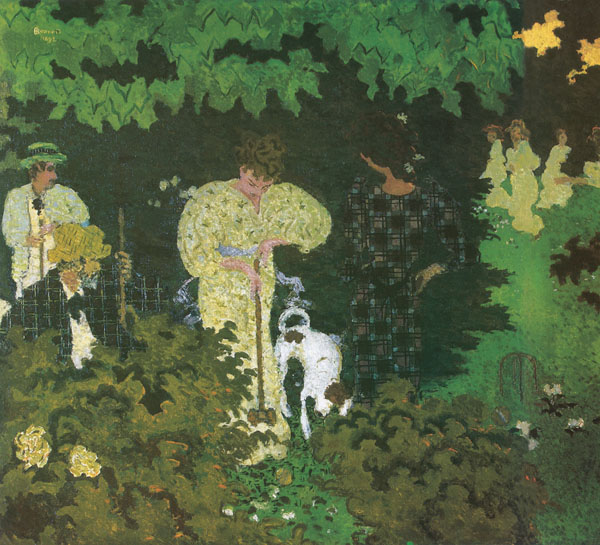
Pierre Bonnard, The Croquet Game, 1892.
Oil on canvas, 130 x cm , Muse d Orsay, Paris.
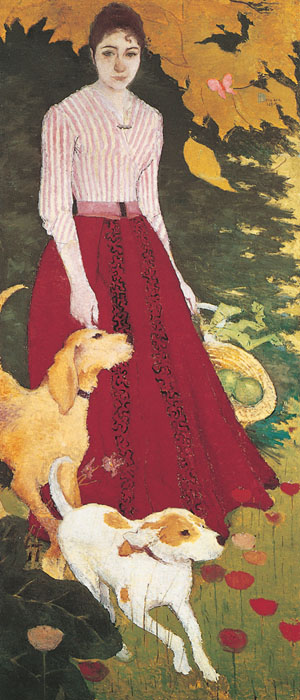
Pierre Bonnard, Andre Bonnard with her Dogs, 1890.
Oil on canvas, 180 x cm , Private Collection.
Font size:
Interval:
Bookmark:
Similar books «Bonnard and the Nabis»
Look at similar books to Bonnard and the Nabis. We have selected literature similar in name and meaning in the hope of providing readers with more options to find new, interesting, not yet read works.
Discussion, reviews of the book Bonnard and the Nabis and just readers' own opinions. Leave your comments, write what you think about the work, its meaning or the main characters. Specify what exactly you liked and what you didn't like, and why you think so.

